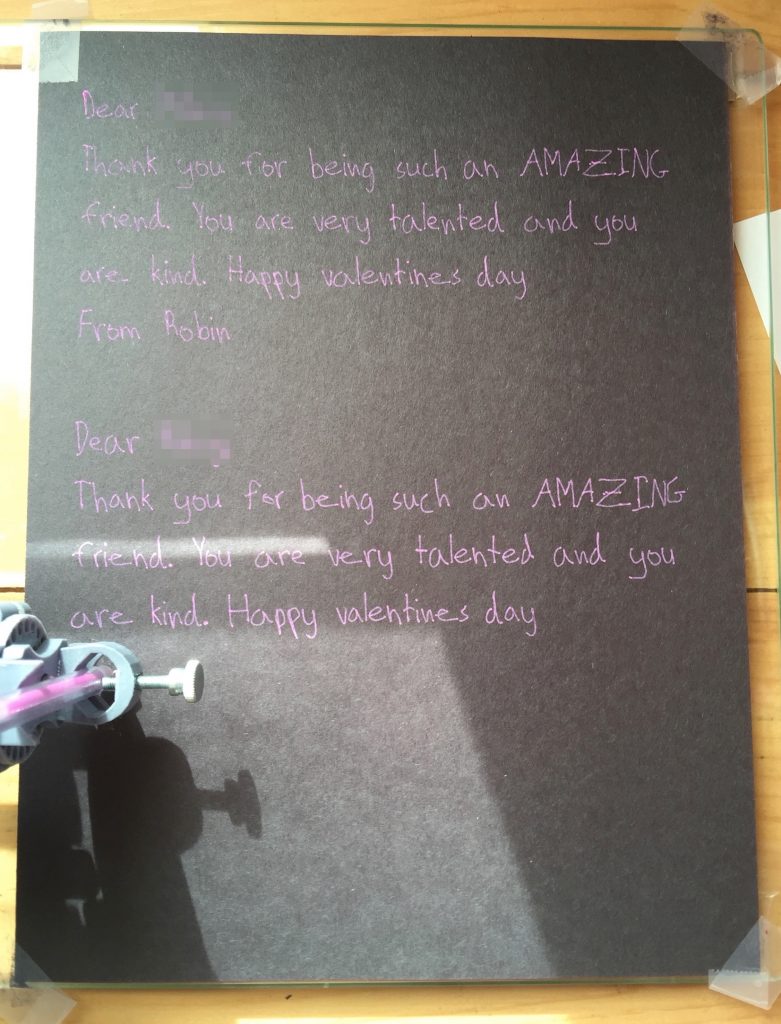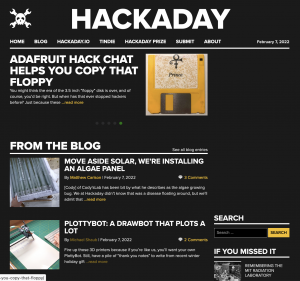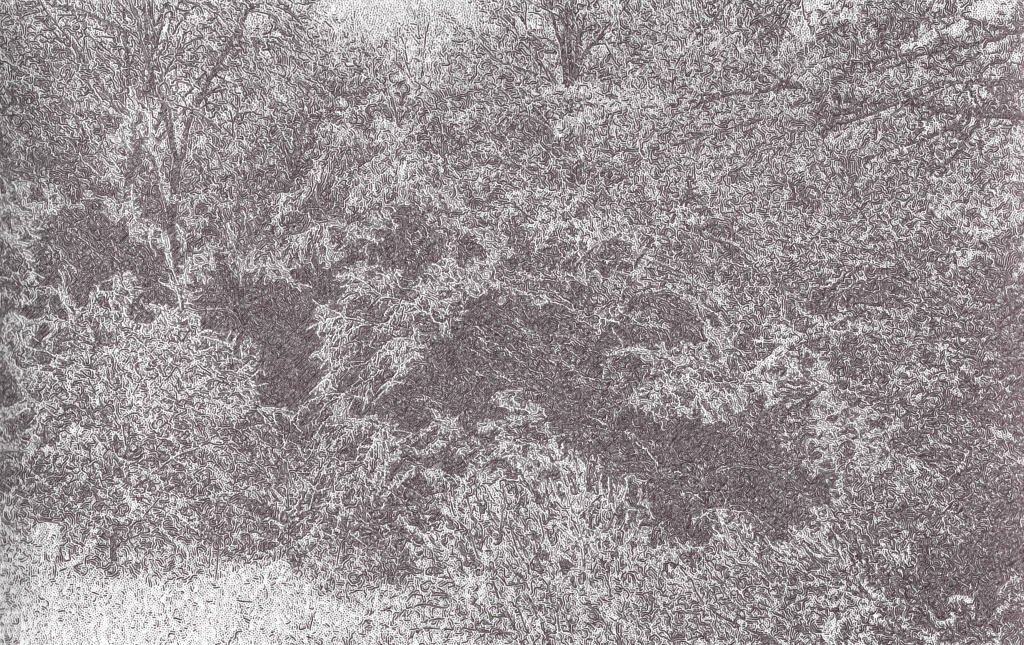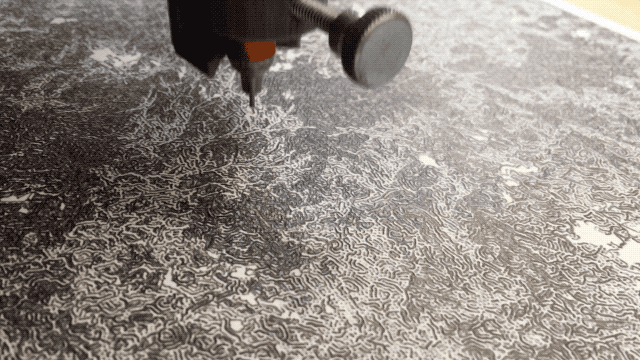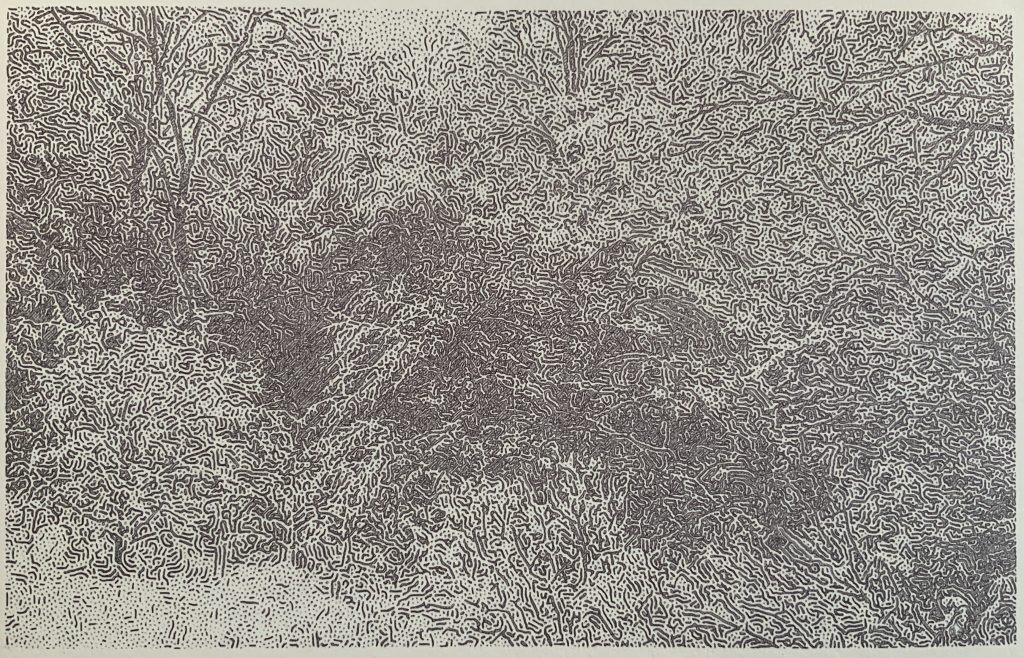The Christmas Card video was meant as a bit of a gimmick, something to post about. And it definitely worked to this effect. PlottyBot had some visibility on Reddit and ended up on HackADay :).
It’s always fun to get a bit of spotlight and see people react positively to something you built. Then Robin needed to actually write a bunch of valentines cards to his classmates, and he didn’t want to do it at all. So I proposed the plotter and his captured handwriting to make it fun. He didn’t hesitate and I learned a couple of things. First, he was fully capable of operating it, a sign that he’s growing up and that the software stack does make plotting accessible. Second, it was actually less work to “mass produce” handwritten cards. I thought it’d be the same amount of work as compared to writing them yourself, but really he’d just show up to change the paper when the plotter was done. He was watching TV while the plotter was working for him… Maybe this whole project is a failure.
